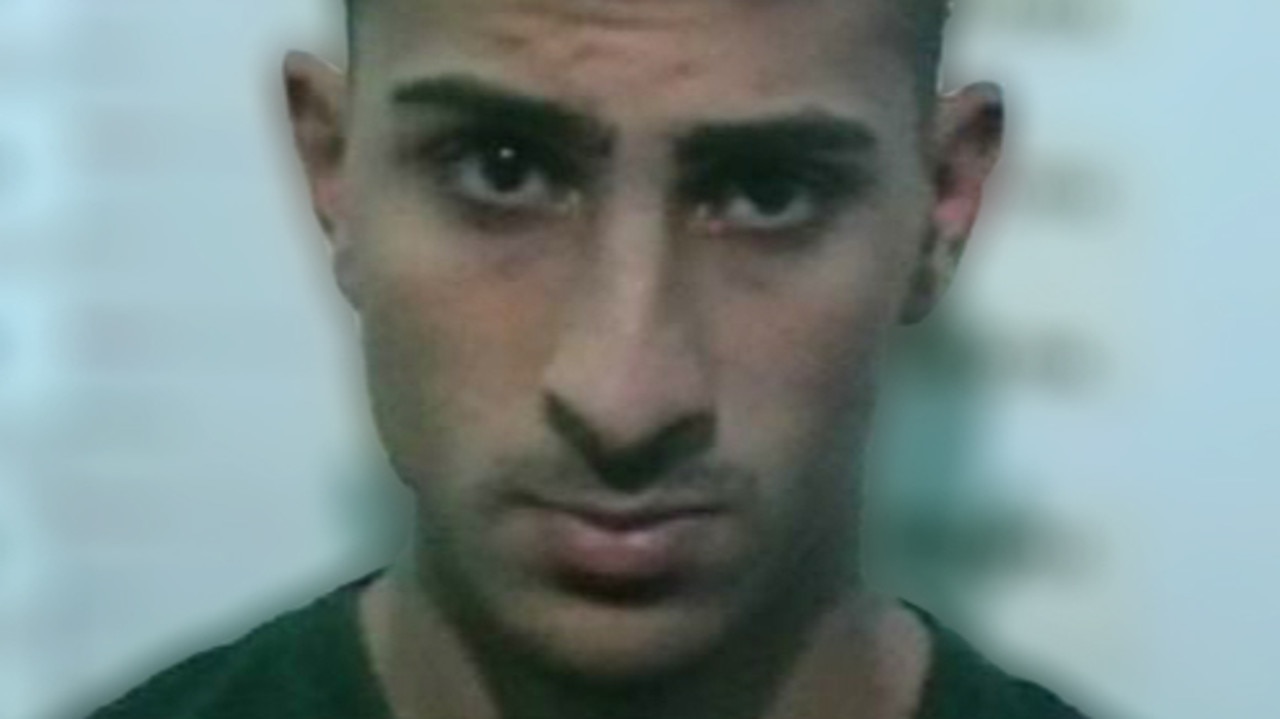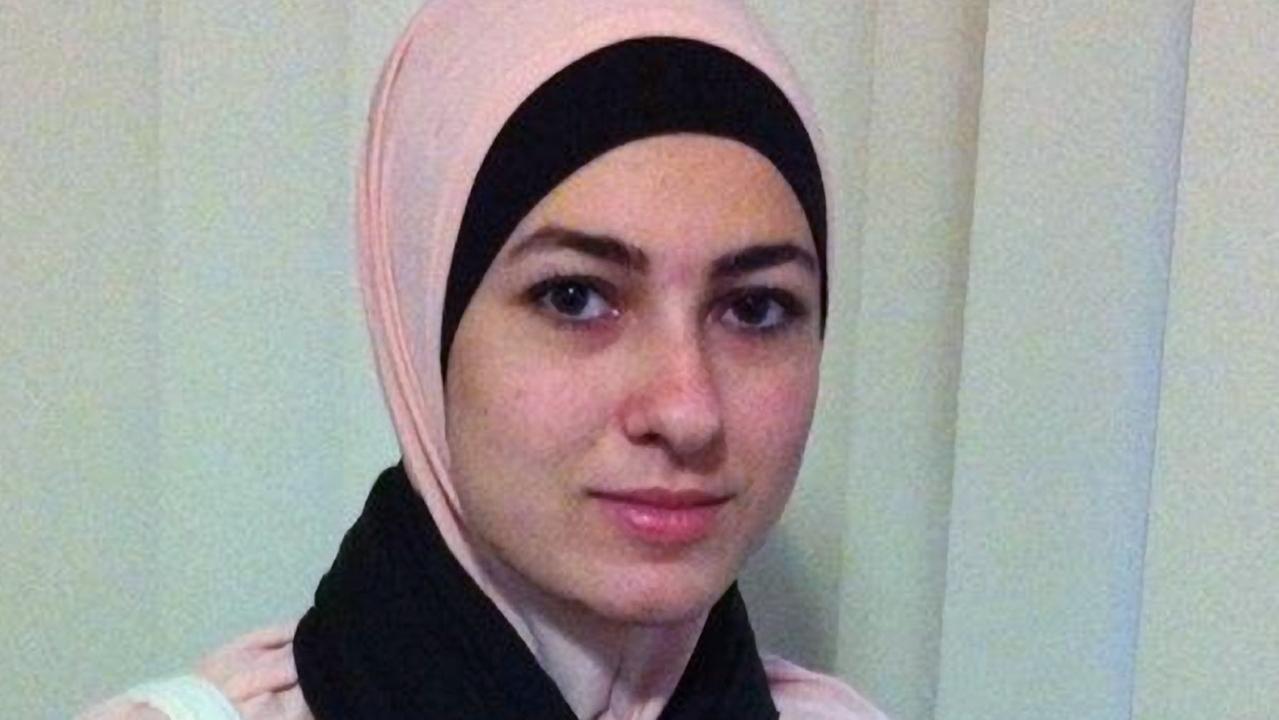It was him or my partner: when cop knew he had to kill jihadist
A Victorian policeman knew he had to kill a jihadist the moment he saw his AFP colleague was about to be decapitated.

There was no doubt in the Australian Federal Police officer’s mind that he was about to be decapitated at the hands of a frenzied terrorist, as he lay on the pavement struggling to release his side-arm from its holster.
The same horrifying thought was dawning on his Victoria Police colleague as he reached for his semi-automatic Smith & Wesson.
All the Victoria Police officer could see was his colleague on the ground with the assailant, 18-year-old Numan Haider, standing over his head, bringing a knife down into his chest.
Only moments earlier — on September 23, 2014 — both men, experienced officers, had walked out of Melbourne’s Endeavour Hills police station to meet Haider at the request of ASIO, which believed that he posed a national security risk and a threat to then prime minister Tony Abbott.
As they walked towards Haider, who had agreed to meet police, the Victoria Police officer, who legally can be known only as Officer A, sensed something was wrong.
Although the teenager was not showing any of the typical signals police are trained to look for, there was something about the way he was carrying one arm. They shook hands and Officer A asked Haider if he could be searched. Haider said: “No worries.”
His AFP colleague, who can be known only as Officer B, had walked around to the side of the car in which Haider had arrived, to make sure that there was no one else inside as Officer A began the search.
Before he had time to react, Haider pulled an 8cm knife from his inside-right pocket and thrust it into Officer A’s arm, severing two nerves.
The officer fell to the ground, the body and brain working against each other, as he fended off further attacks.
One of the officers had instinctively yelled “knife” as the ordeal unfolded.
As Officer A hit the deck, Haider calmly walked past him and walked towards Officer B, who had only just looked up to see a knife coming towards him.
It is unclear where the first entry was made, but it was severe enough for Officer B to suffer auditory and psychological failure, rolling into a ball on the ground to protect himself.
His training had conditioned him to reach for his gun, which had become jammed in its holster. He was being repeatedly stabbed: in the side of the head, in the shoulder and in the abdomen, piercing his liver.
Haider wasn’t rushing. He was methodical. As Officer B looked up, he could see Haider over him. It was then he thought that the teenager was going to chop his head off.
Having pulled himself up, Officer A had only seconds to react as he saw Haider in the final stages of his assault.
Haider had turned his attention to Officer B’s head, bending down with a black Shahada flag hanging from his pocket.
Officer A could hear the grunts of heavy breathing consistent with a stabbing attack.
Officer A issued a challenge: “Get off him.”
As the coronial inquiry yesterday found, he was then faced with the ultimate choice. The life of his officer mate, or that of Haider.
With only several centimetres separating Officer B and Haider’s head, due to the line of sight, Officer A squeezed the trigger of his Smith and Wesson, firing a single bullet through the top of Haider’s forehead, killing him instantly.
Officer B heard and saw the sound of a gunshot and a muzzle flash, then the thud as Haider hit the ground.
That single shot brought to an end Australia’s first Islamic State-inspired terrorist attack outside a dimly lit police station on a cold Melbourne night.
It lasted all of 53 seconds.
As Victorian Coroner John Olle described yesterday, it would leave physical and mental scars that both men would carry for the rest of their lives.
Mr Abbott told The Australian yesterday that he had been unaware he had become a potential target until the night of the attack.
“I first got word of this when I was on a plane taking off from Canberra on the way to New York … word came though just after the plane took off about someone who had made an apparent threat against me,” Mr Abbott said.
“We landed in Honolulu to refuel and got a full briefing … and was told a would-be jihadist had been shot dead but one of the officers had been very badly injured.”
Mr Abbott then called Officer A’s partner.
“I met with them and have maintained contact with them ever since … they are both good blokes, they are very normal Australians who found themselves in a very hazardous situation through no fault of their own, and responded with courage,” he said.
“To suddenly find yourself in the presence of a frenzied attacker ... and to respond with coolness but at the same time with appropriate use of force … shows the valour of these two young policemen. I am full of admiration for them.
“It is interesting we had only just raised the terror threat from where it had been for years to the next level … there was some suggestion that it was alarmist.”
Mr Olle’s findings for the first time drew the explicit link between the two men, the terrorist and the then prime minister.
Haider had been on ASIO’s radar since July 2014 when he began a path to radicalisation through the al-Furqan mosque. But it wasn’t until he started googling the prime minister’s movements and homemade bombs that ASIO called upon the Joint Counter-Terrorism Taskforce.
Having heard that Haider had displayed extremist behaviour, sought knives and presented as a youth being rapidly radicalised following the cancellation of his passport, the coroner pointed to ASIO’s advice that he had made “internet searches of the Holsworthy Army Base, ‘homemade suppressor’, ‘firecrackers wrapped in metal sheet’ and the prime minister’s schedule, and he had told an associate he would ‘do it soon’”.
“It was thought the perceived risk he posed was to institutions and/or public figures, primarily the prime minister,” Mr Olle found.
“It was decided at the meeting that the JCTT should be consulted as it was the more appropriate body to make contact with Numan.
“The JCTT response occurred specifically at the request of ASIO as it was deemed Numan posed an unacceptably high risk to ASIO officers as he might have a knife, and they are not trained to deal with an individual potentially armed with an edged weapon.
“An urgent need to speak to Numan was identified as double pronged to establish any risk he posed. Firstly to the prime minister and secondly whether he could be distracted from radicalisation.”
In September 2014, there was only an evolving understanding of Islamic State and the threat of lone-wolf attacks.
There was no doubt Haider was on a path to radicalisation — so much so that ASIO, unarmed as their officers are, believed him too dangerous to approach on their own.
Yet from the intelligence agency’s assessment, there was nothing that could have predicted what was about to unfold.
And neither of the officers who met Haider on that September 2014 night, both members of the Victorian Joint Counter-Terrorism Team, had expected to be in a life-and-death battle with a radicalised teenager armed with two knives, in a carpark outside a police station.
Both would later claim that they would have acted differently if specific intelligence had been relayed to them.
The actions of both members of Victoria’s Joint Counter-Terrorism Team can only be described as heroic.
Mr Olle yesterday described their actions as “courageous”, confirming that Officer A had been left with little choice but to use deadly force to prevent his colleague being killed — and likely beheaded.
“There had been no terrorist attack worldwide of the nature of Numan’s attack on Officers A and B,” Mr Olle said in his written findings. “Officers A and B were the unwitting victims of Numan’s opportunistic conduct, and I praise both their courage and dedication.”
The aftermath left Haider’s family with agonising questions as to how and why their troubled 18-year-old son had so easily fallen prey to Islamic extremism and become so quickly radicalised, to the point of carrying out an act of such extreme violence.



